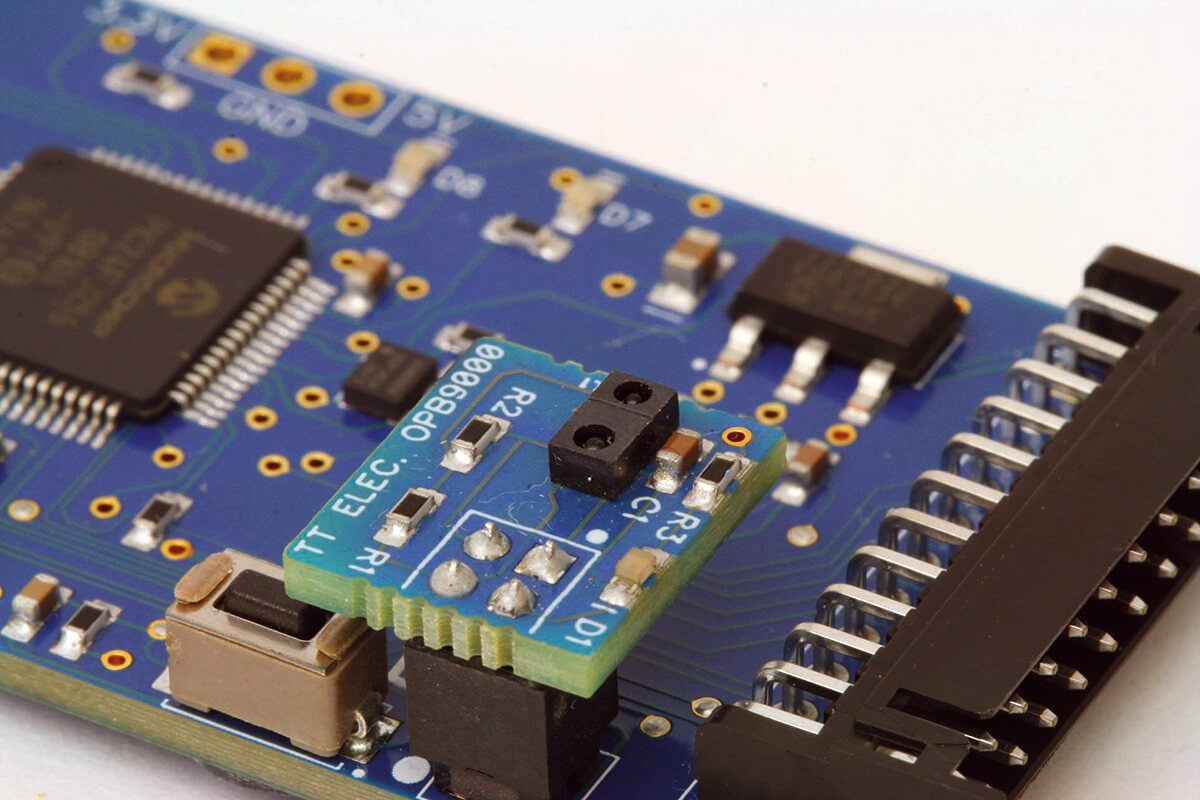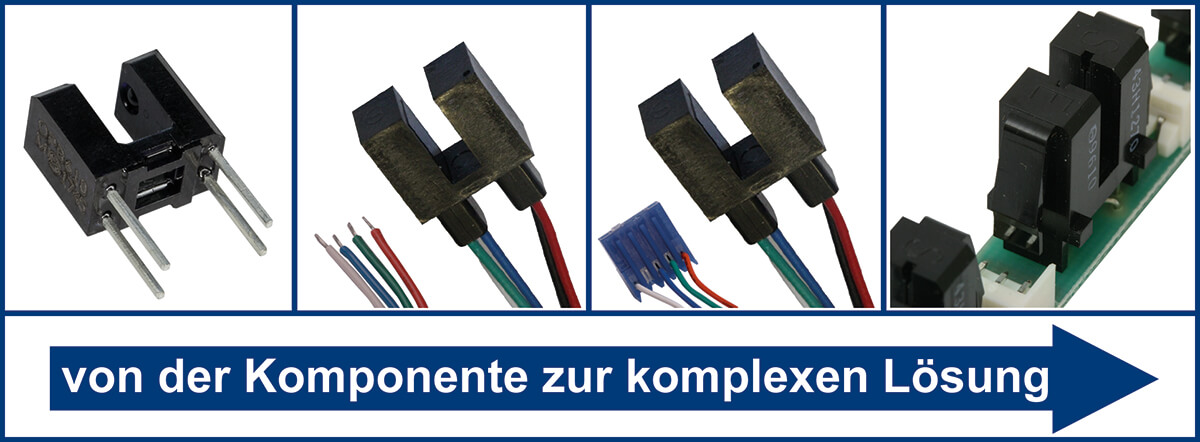Custom optical sensors play an important role in the advancement and growth of the medical device market.Custom sensors today enable devices that improve patient care worldwide with their performance, connectivity and portability.
.
In the age of the Internet of Things (IoT), and given the stringent semiconductor standards of the medical industry, the importance of optical sensors as a basic building block for a complete solution in this market continues to grow. Medical devices must consistently meet a level of performance and reliability that many other systems or industries cannot match, sometimes under extremely critical and complex conditions. Whether at a patient's home, in an emergency vehicle, in an operating room, in remote or harsh environments, or even just "non-stop" in a large hospital.
Because each application is unique, ordinary standard sensors often do not produce the desired result given the many facets of medical applications. Standard sensors carry the risk of false or inconsistent readings due to, for example, excessive or low sensitivity. Developing the optimal sensor solution with the appropriate sensitivity range, optical performance, and required footprint is critical to ensure accurate performance.
These custom optical sensing solutions are matched with compatible LEDs, sensors, packages, and factory configurations or tests to achieve the desired results for a turnkey solution. Adding cables, connectors, passive circuit components, and custom PCBs complements and often increases the flexibility and reliability of the desired solution.
However, the options for creating an optimized sensor solution are quite diverse. They range from simple procurement of paired discrete transmitter and sensor components to higher-level custom assemblies.


























